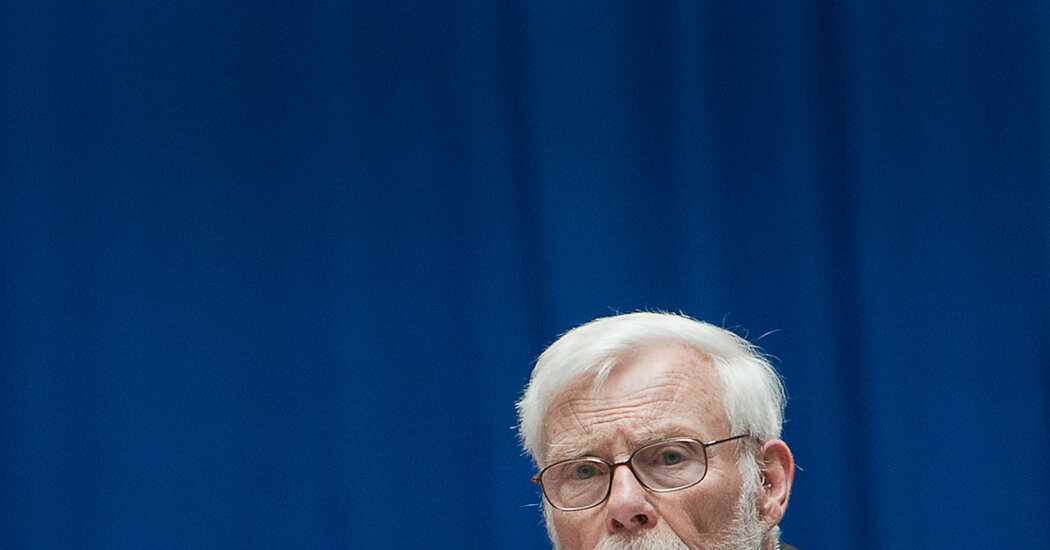Mortimer L. Downey, whose creative financing helped revive New York City’s subway system and who also oversaw far-reaching regional and federal transportation policy for more than six decades, died on Nov. 2 at a retirement home in Oakton, Va. He was 87.
The cause was pulmonary fibrosis, said Kelley Coyner, a friend, former colleague and spokeswoman for the family.
Mr. Downey became an accidental transportation expert after failing to receive any offers from the banking and financial institution recruiters he interviewed with as a student at Yale in the late 1950s.
Instead, he enlisted as a management trainee with the Port Authority of New York and New Jersey, his first step on a road that would take him to Washington, where he became the U.S. Transportation Department’s longest tenured deputy secretary, serving from 1993 to 2001, under Secretaries Federico Peña and Rodney Slater during the Clinton administration.
As the department’s chief operating officer for eight years Mr. Downey played a role in initiatives such as reforms to Amtrak and the drafting of the Transportation Equity Act of 1998, the most expensive public works legislation ever passed by Congress. It authorized an outlay of $217 billion (about $413 billion in today’s dollars) and granted localities more flexibility in spending federal funds on mass transit.
“I know of no person in recent history who contributed more to our nation’s transportation and mobility systems than Mort Downey,” Mr. Peña said in an email.
In the 1980s, Mr. Downey was instrumental in devising three strategies that generated billions of dollars for mass transit in metropolitan New York even as the city and state were still reeling from the city’s mid-1970s brush with bankruptcy. With Richard Ravitch, the Metropolitan Transportation Authority chairman, Mr. Downey persuaded the bond market that an agency that was losing money on every ride would raise fares or resort to other means to repay whatever it borrowed on its own.
“This credit was the fundamental building block of rebuilding the system,” said Jay Walder, who succeeded Mr. Downey as the M.T.A.’s executive director and later served as chairman.
As a result, the agency raised some $3 billion to purchase 1,500 subway cars, a fleet of new buses and new commuter rail trains. The money also went toward rehabilitating stations, signals, tracks and power systems as well as repair shops, to upgrade the existing rolling stock.
He also masterminded an…
Click Here to Read the Full Original Article at NYT > Travel…
